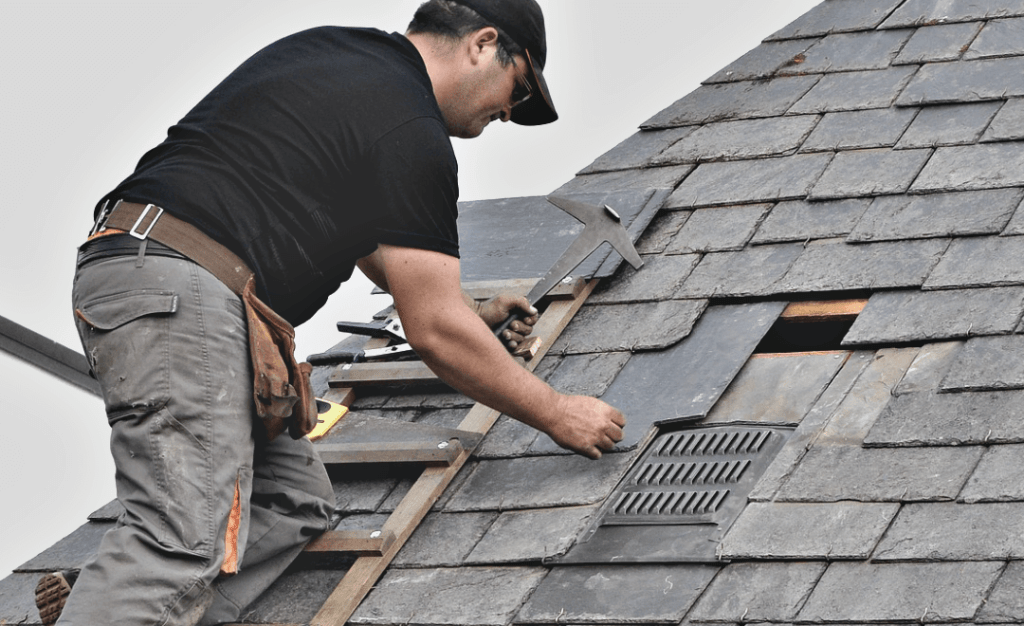Your roof is one of the most important parts of your home. It protects your home from the elements, such as rain, snow, and wind, and it can also add to the value of your property. That’s why it’s important to keep your roof in good condition.
One of the most important things you can do to maintain your roof is to replace your shingles when they need to be replaced. Shingles can wear out over time, and they can also be damaged by storms or other events.

How often do you need to replace your roof shingles?
The answer to this question depends on a number of factors, including the type of shingles you have, the climate you live in, and the amount of wear and tear your roof experiences.
In general, asphalt shingles should be replaced every 15-25 years. However, some asphalt shingles may last longer, while others may need to be replaced sooner.
Asphalt shingles are the most common type of roof shingle in the United States. They are made of asphalt and fiberglass, and they are relatively inexpensive. However, they are also the least durable type of roof shingle.
Wood shingles and slate shingles can last longer, but they also require more maintenance. Wood shingles should be replaced every 20-25 years, while slate shingles can last 50-100 years.
Shingles roof are made from wood, and they are a popular choice for their natural beauty. However, they require regular maintenance to prevent rot and decay.
Slate shingles are made from slate rock, and they are a very durable type of roof shingle. However, they are also very expensive.
Metal roofs can last for decades, but they may need to be repaired or replaced if they are damaged. Metal roofs are made from materials such as aluminum, steel, or copper, and they are very durable. However, they can be noisy in heavy rain or snow.
How can you tell if your roof shingles need to be replaced?
There are a few signs that your roof shingles may need to be replaced. These include:
- Leaks. If you see water leaking into your home, it’s a sign that your roof shingles may be damaged.
- Missing or damaged shingles. If you see any missing or damaged shingles, it’s a sign that your roof needs to be repaired or replaced.
- Worn-out or faded shingles. Shingles that are worn out or faded may not be providing adequate protection for your home.
- Peeling or cracking shingles. Shingles that are peeling or cracking may not be able to withstand the elements.
If you see any of these signs, it’s a good idea to have your roof inspected by a professional roofer. A roofer can help you determine if your roof shingles need to be replaced and can recommend a replacement option that is right for your home.
How to maintain your roof shingles
In addition to replacing your roof shingles when they need to be replaced, there are a few things you can do to help extend the life of your roof shingles:
- Have your roof inspected regularly. A professional roofer can identify any potential problems before they become major issues.
- Clean your roof regularly. Debris, such as leaves, branches, and moss, can damage your roof shingles.
- Repair any damage promptly. Small repairs can help prevent larger problems from developing.
By following these tips, you can help keep your roof in good condition and protect your home from the elements.
Additional information
In addition to the factors mentioned above, there are a few other things that can affect the lifespan of your roof shingles:
- The amount of sun exposure your roof receives. Shingles that are exposed to a lot of sun will fade and wear out faster than shingles that are shaded.
- The amount of wind exposure your roof receives. Shingles that are exposed to a lot of wind can be damaged by hail or other debris.
- The quality of the shingles you choose. Higher-quality shingles will typically last longer than lower-quality shingles.
Conclusion
By regularly inspecting your roof and replacing your shingles when they need to be replaced, you can help ensure that your home is protected from the elements for many years to come.tunesharemore_vert



Leave a Reply